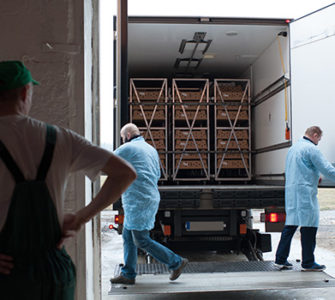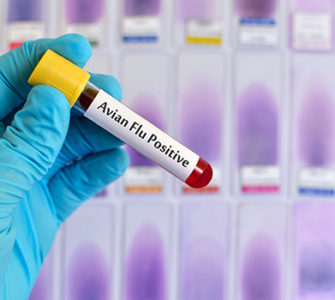US flocks have room to improve in avian flu protection
The US poultry sector can still do more to protect flocks from avian influenza, despite making significant efforts to improve biosecurity since the last major outbreak of the disease.
David Swayne, director of the US Department of Agriculture Southeast Poultry Research Laboratory, said industry and government have worked hard to implement measures to protect farmed birds following the 2014/2015 outbreak.
But he said there is still more farmers could do to ensure the sector does not suffer similar losses again due to the disease.
Speaking during a WattAgNett seminar on global strategies for managing avian flu, Swayne said the 2014 outbreak was a wake-up call for many across the industry and in government.
More than 47 million chickens and turkeys were culled in a bid to stamp out the disease, resulting in major financial losses to the producers and businesses across the country.
“Since the 2014/2015 outbreak there’s been a new awareness of the importance of biosecurity,” Swayne said.
“Multiple sites have made a strong effort — as well as industry, companies and associations — in increasing biosecurity and safety for all of those involved in production, and it’s yielded positive results.
“In general, we have seen improvements in biosecurity across much of the US, but there is still room for improvement.”
Improved diagnosis, response
Swayne said some of the biggest gains have been in the development of tools to diagnose and respond to the disease more rapidly and accurately than before.
Since 2014, federal and state veterinary infrastructures have been “invigorated” so they are the first line for reporting and running official tests, while producers are also encouraged to report potential outbreaks early through compensation schemes.
“Indemnification encourages rapid reporting based on live-bird numbers,” Swayne said. “It encourages farmers to report quickly, [and offers payments] based on a fair market value.”
Through faster reporting, officials can then move quickly to cull birds and dispose of carcasses and feces safely, which is vital to preventing disease spread.
“Surveillance is also critical to define where there are infections,” he added. This involves educating farmers and companies to be aware of high-risk areas and periods when disease spread is more likely, as well as identifying signs of disease.
In the long term, Swayne said the government-funded bank of 500 million emergency vaccines, plus the development of three approved vaccines, were useful weapons in the sector’s armory.
However, there needs to be further discussion around the potential of vaccinations in tackling avian flu, he added.
Posted on September 5, 2017

















